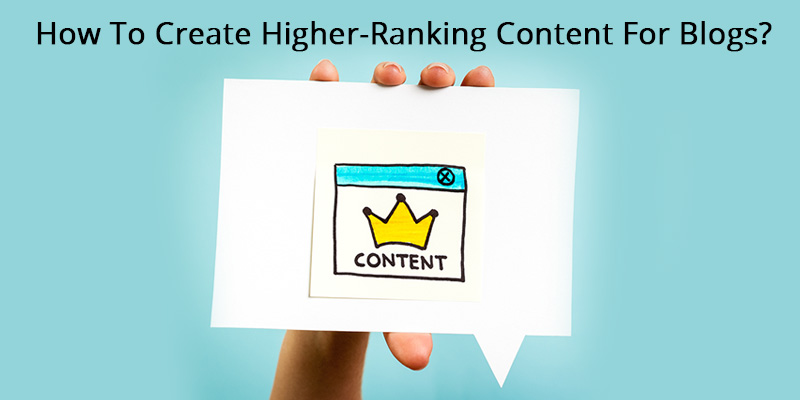 The most important part of running a website is to drive huge amount of organic traffic to the site from search engines. There are various SEO tactics that designers and marketers are aware of for bringing traffic to a site. But, is it the same for blogs? Blogs face different issues with search engines as compared to traditional websites. You cannot have much control over the coding in case of blogs. In this post, you can learn about the possible SEO tips and tricks for bloggers to design high ranking content. You can also get in touch with the best digital marketing company in Bangalore to take care of all your marketing and SEO strategies.
The most important part of running a website is to drive huge amount of organic traffic to the site from search engines. There are various SEO tactics that designers and marketers are aware of for bringing traffic to a site. But, is it the same for blogs? Blogs face different issues with search engines as compared to traditional websites. You cannot have much control over the coding in case of blogs. In this post, you can learn about the possible SEO tips and tricks for bloggers to design high ranking content. You can also get in touch with the best digital marketing company in Bangalore to take care of all your marketing and SEO strategies.
Page title
It is vital that you change your page title to an appropriate one that is relevant to your content. However, many bloggers do not change their page titles. Having a relevant page title is one of the most important on-page factors for search engine rankings. Here is how you can standardize how you want your page titles to appear by editing codes in the header.php file in WordPress. Once you open the header.php file, you will have to look for the title tag and edit the code between title tags. Use the following code –
<title> <?php wp_title(‘ ‘); ?> <?php if(wp_title(‘ ‘, false)) { echo ‘ < < ‘; } ?> <?php bloginfo(‘name’); ?> </title>
After inserting this code, you will have page titles that start with the name of the post and end with the name of the blog.
Other than this method, you can also get the SEO Title Tag plug-in to easily create titles for your posts and pages. Movable Type users can change page titles on the ‘Settings’ tab.
URL
By default, URLs contain lots of random characters like question marks, percentile symbols and random numbers and alphabets. These URLs add no value to the page or post. Neither do they help search engines or users to know what the page is about. In order to rank higher in SERPs, it is vital that your URL contains words or phrases that contain keywords or anything that add value. Remember that many search engines don’t index pages that have auto-generated URLs. So, make sure to have search engine-friendly URLs.
In WordPress, click on ‘Options’ from your dashboard and then click ‘Permalinks’. This gives you three standard options along with an option to create your own custom permalink structure. You may enter the following code –
/%category%/%postname%/
This will create permalinks that include the post category followed by the name of the post.
Duplicate content
One of the very major issues for websites and blogs is duplicate content. Search engines have an aversion to duplicate content. Pages having duplicate content can be cast into Google’s supplemental index, rather than the main index. Whether two pages on the same site have the same content or multiple pages on different sites share the same information, both these cases are regarded as duplicate content issues.
To avoid these issues, you can use the robots.txt file to tell search engines which pages should be indexed and which ones should be ignored. WordPress users can use the Duplicate Content Cure plug-in for solving the same issue.
One more method is when you can control how much content appears on your category pages. You can choose to have only a part of your post displayed rather than the complete post. If the readers are interested, they will clock through to the main post to read the entire article. This will hinder search engines from recognizing the category page of having duplicate content.
In WordPress, you can do this by editing the archive template. Open the archive.php file and look for the_content(). All you have to do is change ‘content’ to ‘excerpt’.



